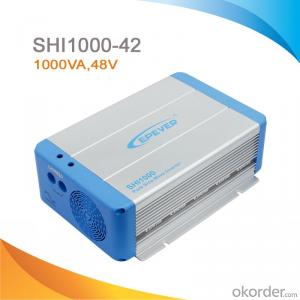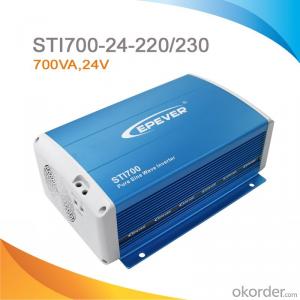230v Solar Inverter
230v Solar Inverter Related Searches
Best Inverter Solar Panel Solar Panel On Roof Rack Inverter To Solar Panel Ratio Solar Panel Decking Lights Solar Panel Inverter Box 1000 Watt Solar Panel Inverter 12 Volt Solar Panel Inverter Plastic Solar Lanterns Buy Solar Panel Inverter Solar Panel Inverter CostHot Searches
Type Of Inverter For Solar Types Of Inverter For Solar Used Solar Inverter For Sale Inverter Size For Solar System Solar Edge Inverter For Sale 5kw Solar Inverter For Sale Solar Inverter For Sale Solar Inverter For Battery Solar Inverter For Split Ac Solar Inverter For Laptop Solar Inverter For Fridge Solar With Inverter Price Solar Inverter With 2 Battery Solar Inverter Price In China Best Solar Inverter In China Solar Inverter Price In Dubai Solar Inverter Price In Uae Solar Inverter Price In Kenya Solar Inverter Price In Kerala Solar Hot Water Collectors For Sale230v Solar Inverter Supplier & Manufacturer from China
Okorder.com is a professional 230v Solar Inverter supplier & manufacturer, offers integrated one-stop services including real-time quoting and online cargo tracking. We are funded by CNBM Group, a Fortune 500 enterprise and the largest 230v Solar Inverter firm in China.Hot Products
FAQ
- The maximum power capacity of a solar inverter can vary depending on the specific model and brand. However, in general, solar inverters can have power capacities ranging from a few hundred watts to several kilowatts, with some larger industrial-grade inverters capable of handling even higher power capacities.
- A solar inverter handles power quality disturbances by monitoring the incoming power from the solar panels and adjusting its output accordingly. It uses various control mechanisms to regulate voltage and frequency, ensuring that the power generated by the solar panels is synchronized with the grid. This helps in maintaining a stable and high-quality power supply, minimizing the impact of disturbances such as voltage fluctuations or frequency variations. Additionally, some advanced solar inverters also offer features like grid support functions and reactive power compensation to further enhance power quality.
- The role of a surge protector in a solar inverter is to protect the sensitive electronic components of the inverter from power surges or voltage spikes that may occur in the electrical grid. By diverting excess voltage away from the inverter, it helps to prevent damage and ensure the reliable operation of the solar system.
- A solar inverter handles ground fault protection by continuously monitoring the flow of current between the solar panels and the ground. If it detects any abnormal current leakage, indicating a ground fault, it quickly shuts down the system to prevent any safety hazards or damage to the equipment.
- The installation requirements for a solar inverter typically include a suitable mounting location, adequate ventilation, and a compatible electrical system. It should be installed in an area with good sunlight exposure and away from any shading or obstructions. The inverter should be mounted securely on a sturdy surface, preferably indoors or in a weatherproof enclosure. Proper grounding and electrical connections are also necessary to ensure safe and efficient operation. It is essential to follow the manufacturer's guidelines and local electrical codes during installation.
- A string inverter is a central inverter that converts the DC power generated by multiple solar panels connected in series into AC power. On the other hand, a microinverter is a smaller inverter that is attached to each individual solar panel, converting the DC power generated by each panel into AC power. The main difference is that string inverters are used for multiple panels, while microinverters are used for individual panels.
- The role of a solar inverter in a net metering system is to convert the direct current (DC) produced by the solar panels into alternating current (AC) that can be used to power appliances in a home or business. It also ensures that any excess electricity generated by the solar panels is fed back into the grid, allowing the user to earn credits or be compensated for the excess energy.
- The potential risks of overvoltage in a solar inverter include damaging the inverter itself, reducing its lifespan, and potentially causing a fire or electrical hazard. Overvoltage can also lead to the failure of other connected components, such as solar panels or batteries, and may even result in a complete system shutdown. It is crucial to implement protective measures, such as surge protectors or voltage regulators, to mitigate the risks associated with overvoltage.















































